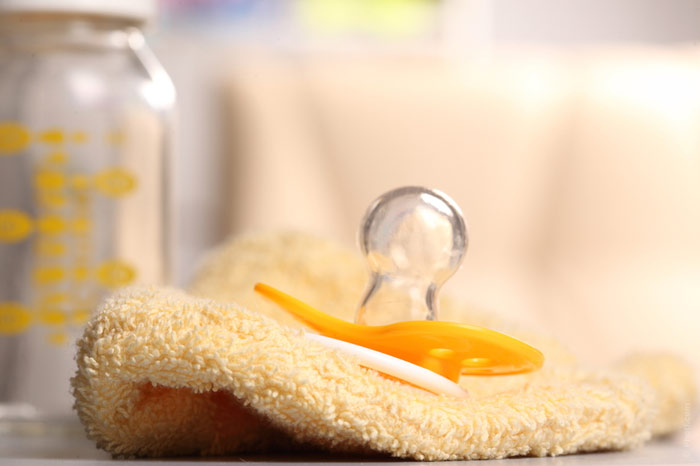How to Give up the Baby Bottle?
It’s natural for toddlers to grow to love their bottles – besides being a source of food, they become a symbol of security and comfort.

But though toddlers can get into the habit of toting their bottles along, parents shouldn’t let the habit to stay for long: by the end of the first year they ought to be getting used to cups. If parents neglect to do it in good time, the bottle attachment will become stronger with the passing of months and consequently more difficult to break.
Giving up bottle and acquiring the cup habit may prove to be quite a strenuous period which requires a few strategies in order to get it over and done with easier.
The first thing is get your timing right. The recommendations have it that a baby ought to start wielding a cup from the age of 6 months. Their initial attempts will naturally come off very messy, but in the following six months they are expected to gain the necessary dexterity and make good use of their cup.
Approximately at this time you’re supposed to lay off formula in favor of natural milk, and it’s a good idea to start giving the baby milk in a cup. It’s all right if you keep breastfeeding, but consider offering the baby breast milk in a cup – and diluted juices too.
Here are Some Ideas which May Help
Don’t take away the bottle at once, begin to give the baby cups at mealtimes now and again.
Your kid drinks more than one bottle daily, so you can exchange one of the bottles for a cup. Don’t give the child a bottle, but take him or her to the table where a cup of milk is standing. Throw in some verbal encouragement, explaining that daddy and mommy drink from cups, so their little one should also try and drink the milk this way.
While eliminating the breakfast bottle, continue giving bottles for the rest of the day for a week or two – this way the baby will know that he is not devoid of his beloved bottle for good and will take to drinking from a cup without undue resistance.
In a week you can eliminate a second bottle exchanging it for a cup of milk. When you are offering a cup make sure the baby is ensconced in a high chair at the table.
It’s better to eliminate the night bottle last. This bottle is looked upon as an integral part of the bed time and most associating with the feeling of comfort. Even when the baby already has his milk from a cup in the evening, allow him to carry out the going-to-bed routine knowing that he will have his night bottle which he can hug all night for security.
Other Hints to Ease up the Elimination
There are spill-proof cups that will make the transition to a cup easier; they are fitted with specially-designed spouts. They are known as sippy-cups.
As the baby is using the cup, keep feeding verbal encouragement and praise, involving other members of the family when they come around. Call out for everyone near for them to see how adroitly the baby is handling the cup.
Should your baby insist on getting a bottle, see if you can offer him something else which he may really want or which will distract him. Try hugging and kissing, or playing if you think he feels bored. If he really wants nourishment, offer some in a cup.
Also, you can begin to dilute the milk in the bottle with water prompting that the milk is tastier when taken from a cup! Start with half-and-half solution, then add more and more water rendering the bottle milk almost tasteless.
Don’t leave bottles lying around for the baby to see
If these tips fail to facilitate the transition, and you feel it’s too much of a struggle, consult your doctor.
